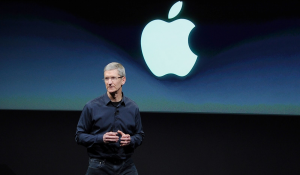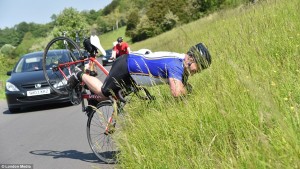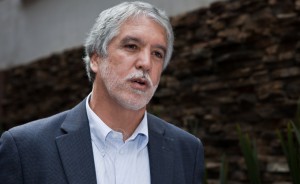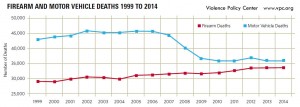This problem becomes pretty blatantly obvious whenever you ask a local of a biking city, what they wish they could improve in terms of bicycles in their city. They usually are concerned about the well-being of their two-wheelers and are always looking for a good way to make sure it’s safe and sound. This problem has been solved in the past by the use of bike locks but bike locks these days aren’t as reliable as they used to be as criminals adapt to the new materials that these barriers are made of. So it’s important to know which bike lock is the most criminal-proof out of all the brands as well as the most convenient to assure the utmost safety and comfort to all the cyclists in the world. 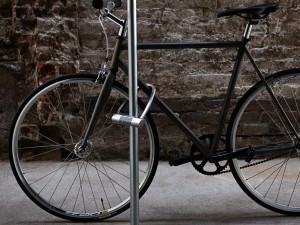
Monthly Archives: October 2016
S2 Presentation Reflection
Kant Kill Cyclists
Though both articles may have been talking about cycling and it’s dangers in a world full of automobiles, the approaches that the Cohen and Duane take towards solving these issues are at the opposite ends of the spectrum. Randy Cohen’s article, If Kant Were a New York Cyclist, talks about his own personal experience as a cyclist in New York City. He feels that the rules that are imposed upon the cyclists are just copied from the same rulebook as the automobiles. The differences in size and agility between the two vehicles are so large that Cohen considers the only ethical way to ride is to abide by his own rules. Running stop signs and rolling through cross walks; according to Cohen, these actions are ethical and only seems fair since bicycles are being categorized with something that does not bear any similarities between them. Juxtaposed with Cohen’s article, Duane’s column takes a more mundane approach; but an approach that seems more feasible and legally ethical in the eyes of the public. Duane talked about how unjust the system is when it comes to cyclists getting hit by cars on the street. Even if cyclists are killed, if there was no alcohol or reckless driving, the perpetrator usually gets away scot-free with just a slap on the wrist. This seems like an issue that needs some serious attention compared to Cohen’s article which doesn’t necessarily even have to be an issue if people could just abide by the rules enforced. Though freedom of speech allows Cohen’s article on the same playing field as Duane’s, some issues are obviously much more consequential and should be tended to before the others. But these issues shouldn’t sway people to get off their bikes to give up on this transportation lifestyle. Biking still is amazing fun and is extremely practical in this growing city. Plus, the number of cycling accidents has decreased by 7.5 percent since 2001; which is moving at a small pace but a space forward nonetheless.
If people followed Duane’s final words of just following the rules and respecting each other, the streets will be much safer and a happier place to ride.
Enrique Peñalosa’s Conclusion
Enrique Peñalosa didn’t have a signpost to indicate him going into his conclusion. But he just concluded by restating his whole point and telling people to use his solution to make their countries a better place. He reassured everyone the efficiency of his plans and pleaded other countries to follow suit. Ending with facts in his conclusion may not be ideal, but it got the point across that people can do so much better then they are doing right now. Enrique did have a clincher by showing the audience of the bright future that these new plans; if implemented, could bring towards other countries.
Superblocks
This is a video I found that really related to the article written by the Co-Founder of Lyft, Zimmers. It perfectly conveys Zimmer’s issue of automobiles taking over a majority of living space and offers a solution that not only gives human beings more space to walk around, but more space for activities.
S2 Presentation Write Out
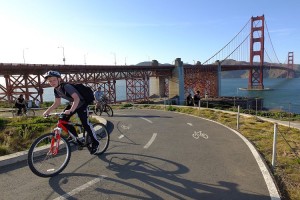
Fusion
The Gleeson database Fusion was not much help for me because most of the articles I found could not relate to my S2 Topic of “Dangers of biking in San Francisco & the different ways SF cyclists take precaution”. Though there are no articles stating laws or any insight about the dangers of biking, the closest article to my topic was a page called “Bicycling renaissance in North America? An update and re-appraisal of cycling trends and policies” talking about safety and policies of biking in Canada and USA.
